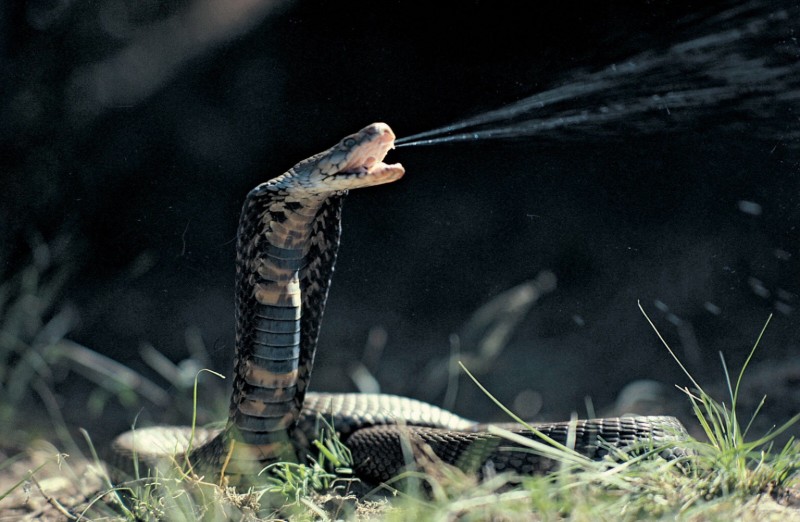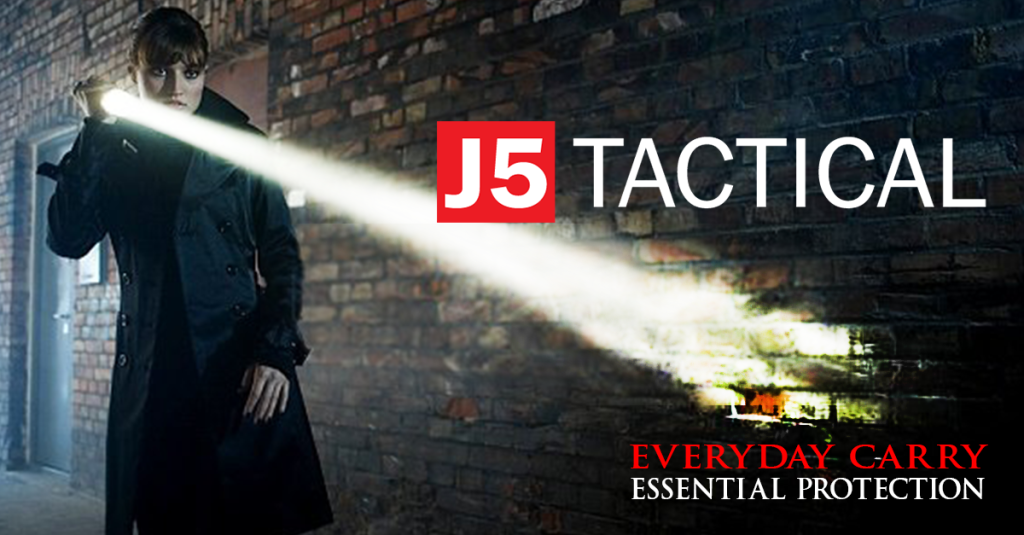Cobras and Vipers: Two Snakes You Want to Avoid at All Costs

A lot more people get bitten and die from cobra and viper bites than originally thought, according to new information reported by the World Health Organization. While the majority of these deaths occur in India as farm workers in their bare feet accidentally step on snakes, bites are occurring with more frequency closer to home.
A rise in viper bites in North America has health officials worried that current anti-venom treatments are losing their effectiveness. While agencies are trying to develop second and third-generation alternatives, a gap exists at the present time that is reducing treatment options for those who get bitten. Consequently, more people are being exposed to the risk of becoming seriously ill or dying as a result of bites from vipers.
Different Species, Different Problems

There are so many different species of cobras and vipers out there, and each has different methods of attacking and subduing prey. Some spit venom that adheres and then soaks into the skin whereas others inject it through their saliva even without needing to bite. The impact of bites on humans depends on their size, the location of the bite, amount of venom injected and the species that launched the attack. Unfortunately, it’s usually a race against the clock in terms of treatment, so many patients succumb to the devastating effects of venom before doctors can identify the snake that caused the bite.
Identification is Key

It is important, if bitten, to know what snake did the biting. Whenever possible, try and remember descriptive characteristics of the snake and relay this information to doctors. While most cobras and vipers are not indigenous to North America, the illegal importation, unregulated breeding and accidental or intentional release of these snakes into the wild is contributing to their population growth.
Consequently, it’s only a matter of time before cobras and vipers establish a presence in North America and bites become more common. However, for the time being, it is a challenge for doctors to deal with the problem because fast access to venom as well as a lack of familiarity delays appropriate treatment. Being able to either bring the snake or describe it to healthcare providers can save precious time and lead to a better outcome for the victim.
What to do if Bitten

The most common technique for treatment in the field is to wrap the affected limb with an ACE bandage or other material as snugly as possible. The aim is to slow the spread of venom by constricting the blood vessels in the affected area. The use of a blood pressure cuff, inflated to its maximum pressure, above the bite site can also be particularly helpful.
Start with the foot or hand, and wrap the bandage as tightly as possible while working up the entire length of the arm or leg. Tie off the bandage at the top. Do not elevate the bite site. Do not allow the victim to move or exert energy. Remember that the aim is to keep as much of the venom in the affected area and prevent it from circulating throughout the body. It is also recommended not to use ice or cold compresses as these methods have been linked to the development of various neurological disorders.
DO NOT suck, lance or try to extract fluid and blood from the wound site. Doing so will only draw more blood to the region and also potentially expose first aid providers to the toxins as well. There is also a lot of debate as to whether using a tourniquet is as effective as bandaging. Long-term loss of blood to the extremity can cause it to develop an gangrenous infection or lead to amputation from oxygen deprivation. Some providers suggest that a tourniquet is okay if the victim is near the hospital because this loss of circulation is minimal time-wise. Use your own judgment and do some research before developing a response plan to deal with a bite from a cobra or viper.
If the venom is injected in the eye, thoroughly rinse it out with running water immediately after the bite. Continue to do so as often as possible until the victim reaches the emergency room. In all cases, be prepared to perform CPR as well as rescue breathing if the venom starts to attack the circulatory or respiratory system.
There are really no good, long-term solutions to treating cobra or viper bites in the field, and how the patient responds to the venom will depend on a host of factors, including those mentioned above. The trick is to keep the patient calm and still, compress the affected area to minimize the spread of the venom, and get them to emergency medical services as quickly as possible.
